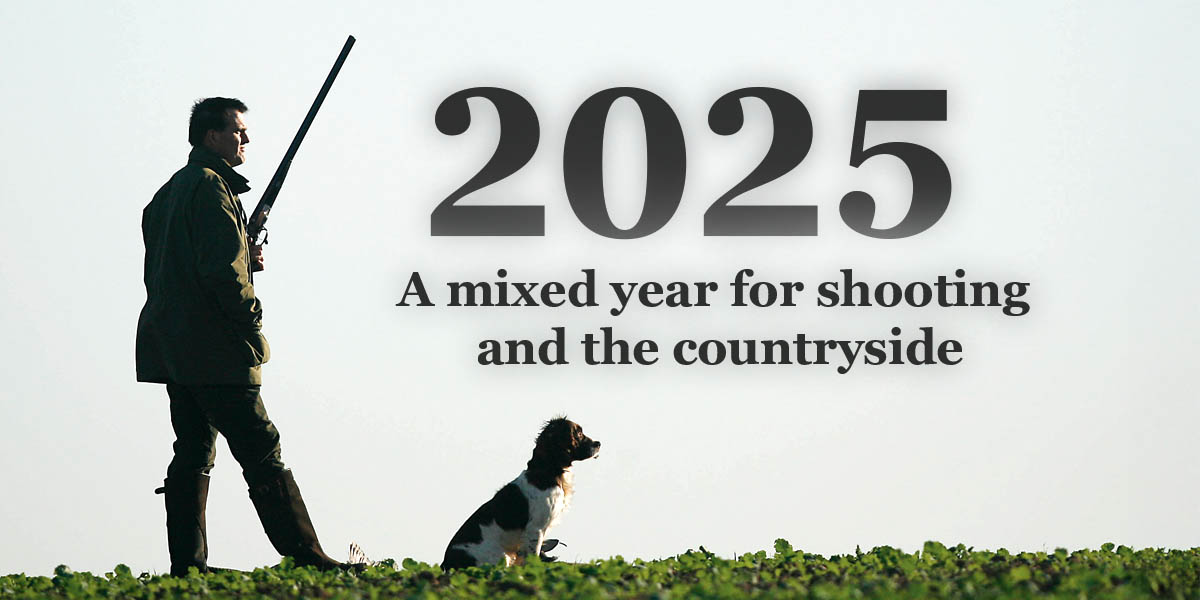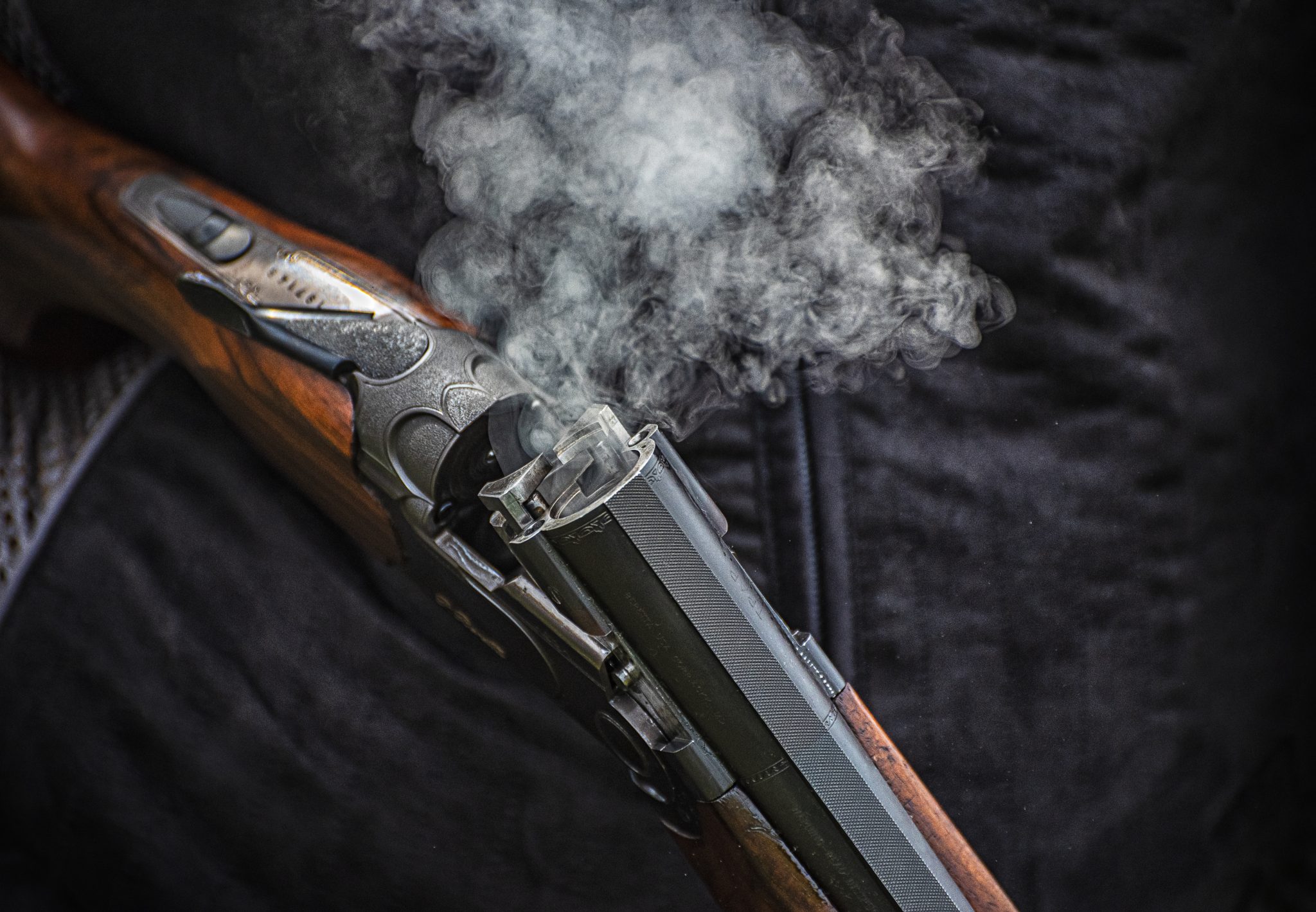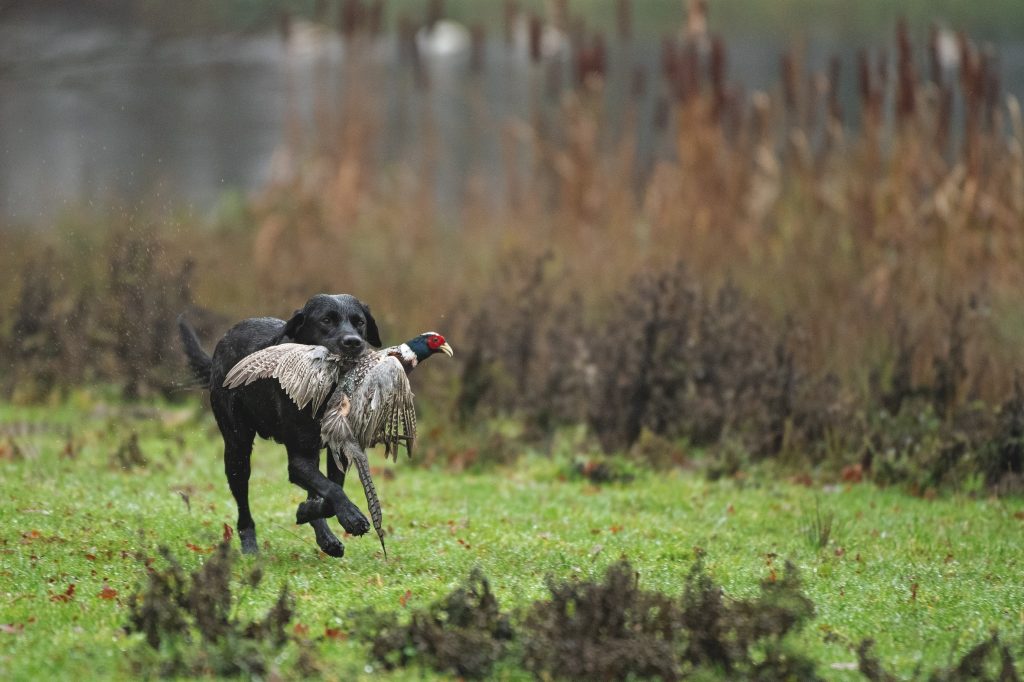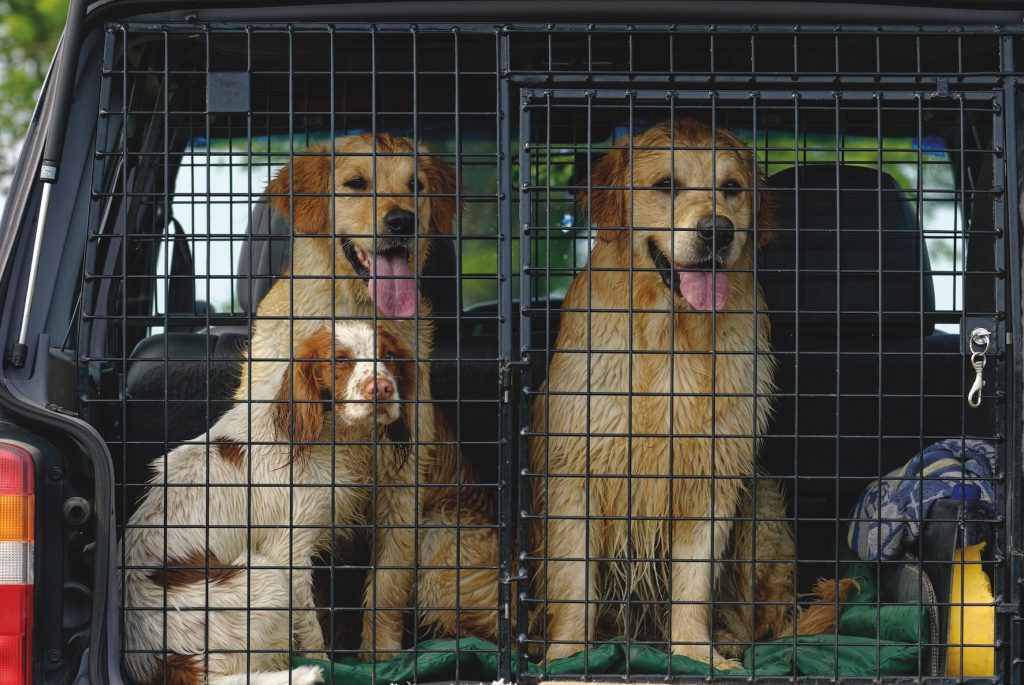Win CENS ProFlex DX5 earplugs worth £1,149 – enter here
Why you shouldn’t get more than one puppy at once
Taking on two puppies at the same time may seem a good idea, but it can have disastrous consequences. Stan Rawlinson tells why one at a time is best
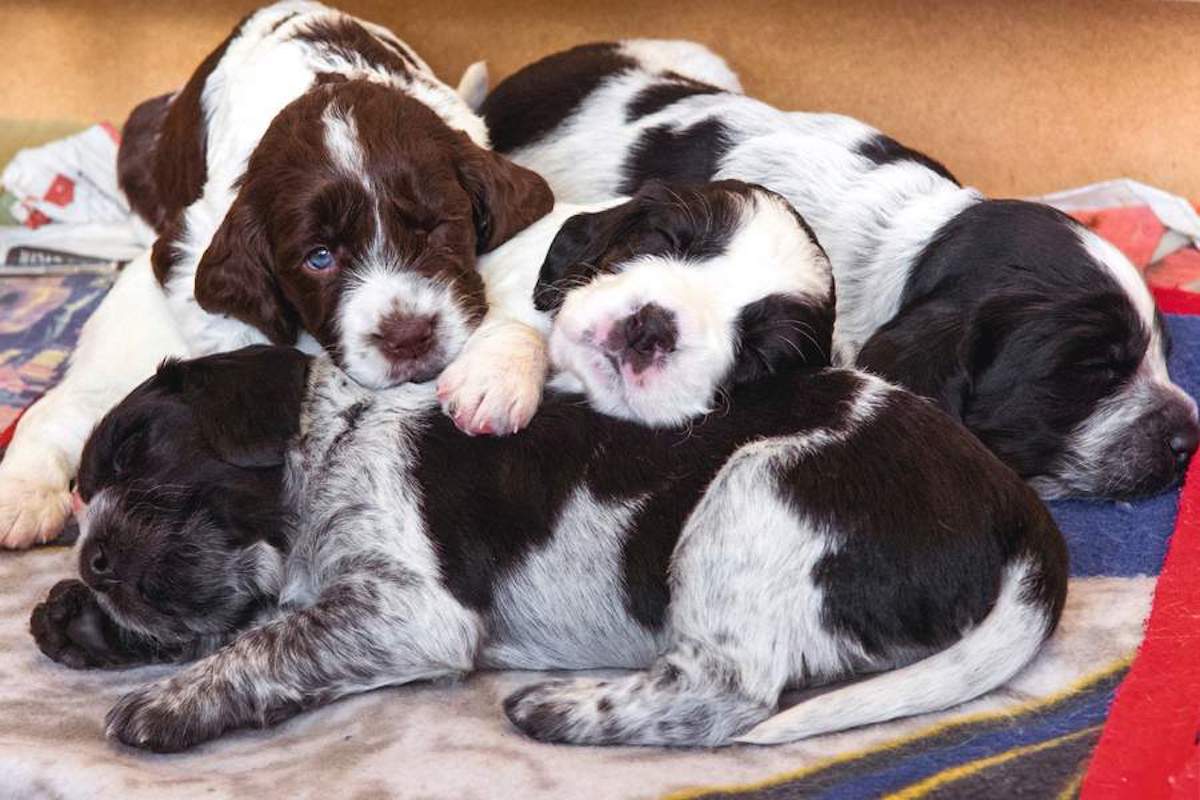
Two puppies at once?
Q: I am getting my first cocker spaniel pup next week and the breeder has suggested that I should get two at the same time so they will keep each other company and make training easier. Is this the right thing to do?
A: Many professional trainers may well keep a couple of pups from a litter so they can ‘run them on’ to see what their potential may be, but for the novice owner I would strongly advise against it. The main problem is that if you get litter siblings, they will tend to bond to each other rather than you, and this can certainly make training harder. Training one dog can take a lot of time and there are many pitfalls that you will experience along the way, so I would just buy the one and get some expert advice so that you can concentrate on producing the best. Then in future, if circumstances allow, add another puppy to your team. (Read pick of the litter – how to choose your best working dog puppy.)
Litter siblings will often form a strong bond and it can be difficult to get them to focus on you as the handler. You may also encounter separation issues when you take one away from the other. Raising two puppies from different litters or breeds can also create similar problems. (Read bringing home a puppy for the first time.)
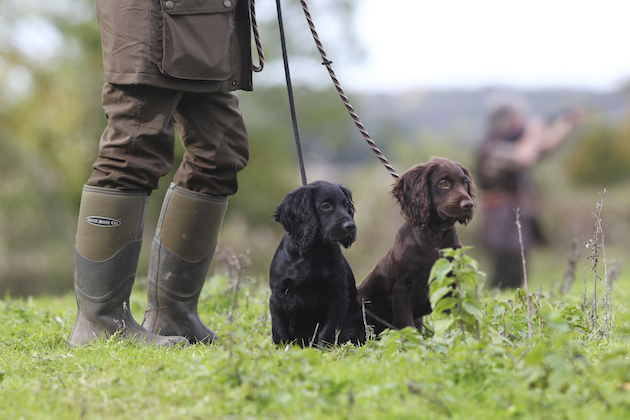
You will have to train each puppy separately
Other things to know about taking on two puppies at once
Many gundog trainers believe that you should not take on a second puppy until the first one is almost mature – irrespective of breed, same litter or sex.
Bringing dogs together with too many similarities (for example, age, size, sex, temperament and breed) can spark conflict. So many related characteristics make it difficult for the dogs to distinguish who is the alpha or top dog and fights can occur because of this.
Everything the dogs do must be done independently to allow the youngsters to have any chance of becoming separate entities. You must:
- Walk them separately
- Feed them separately
- Train them separately
- House them separately
- Play with them separately
This regime will not have to be for life as the puppies will, after a period of about 12 to 14 months, have formed their own personalities and temperaments.
Related Articles
Get the latest news delivered direct to your door
Subscribe to Shooting Times & Country
Discover the ultimate companion for field sports enthusiasts with Shooting Times & Country Magazine, the UK’s leading weekly publication that has been at the forefront of shooting culture since 1882. Subscribers gain access to expert tips, comprehensive gear reviews, seasonal advice and a vibrant community of like-minded shooters.
Save on shop price when you subscribe with weekly issues featuring in-depth articles on gundog training, exclusive member offers and access to the digital back issue library. A Shooting Times & Country subscription is more than a magazine, don’t just read about the countryside; immerse yourself in its most authoritative and engaging publication.




